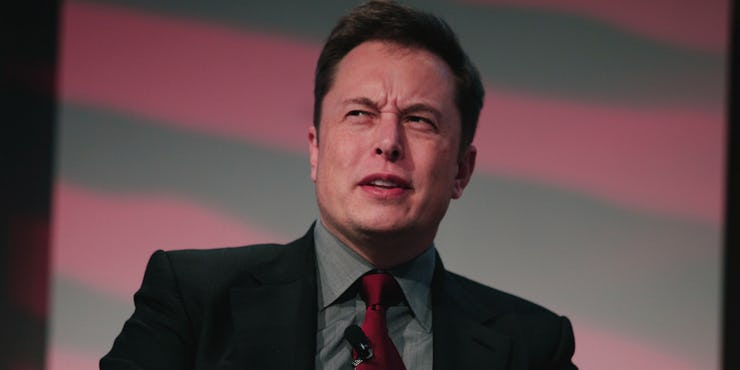Here’s Why Elon Musk Disagrees with Self-Driving Industry Gurus on Lidar

Just as animals use several different senses to perceive the world around them, cars and other vehicles rely on various sensor technologies, including radar, cameras combined with image recognition, and a newer technology called lidar, which calculates distances using pulses of infrared laser light.
When it comes to self-driving vehicles, most folks in the industry seem to agree that a combination of sensors, working together with GPS-based mapping data, is the way to go. However, not everyone agrees on which sensor technologies are the best ones for the job. Perhaps unsurprisingly, Elon Musk is an outlier, having said several times that he doesn’t think lidar is necessary.
As a recent article in Futurism explains, several of the leaders in vehicle autonomy rely heavily on lidar — indeed, Waymo and Uber are currently embroiled in a legal battle over lidar trade secrets. However, Tesla’s Autopilot system is based on cameras that use optical recognition.
“Once you solve cameras for vision, autonomy is solved; if you don’t solve vision, it’s not solved,” Musk said during a TED Talk in April 2017. “You can absolutely be superhuman with just cameras.”
Just when Tesla seemed to be on the verge of a major breakthrough in autonomous driving, the company’s 2016 split with camera supplier Mobileye threw a wrench into the works. Tesla developed Autopilot 2.0 as a replacement for Mobileye’s computer vision technology, but by most accounts it isn’t yet as capable as the previous Autopilot version.
A lidar map of San Francisco's Market Street.
Tesla is working to bring Autopilot 2.0 up to speed as quickly as possible, but the slow pace of development has become a bone of contention between the company and owners who paid for an Enhanced Autopilot system that they say has yet to be truly enhanced.
Can Tesla deliver full self-driving capability without lidar? Experts in the field disagree. During Tesla’s recent quarterly earnings call, Musk discussed some of the technical issues involved.
“We have to solve passive optical image recognition extremely well in order to be able to drive in any environment and in any conditions,” Musk said. “At the point where you’ve solved it really well, what is the point in having active optical, which means lidar? In my view, it’s a crutch… that will drive companies towards a hard corner that’s hard to get out of.”
The difference between radar and lidar has to do with the wavelength of the energy involved (radio waves vs light waves). Musk said that a system using the radar range would be better, because it could see through small obstructions. “[I find it] quite puzzling that companies would choose to do active photon generation in the wrong wavelength,” he said, adding that working with the laser spectrum is “expensive, ugly and unnecessary.”
Musk is convinced that the lidar-less road is the right one to take, but he did crack the door open to the possibility that he is mistaken. “Perhaps I’m wrong, in which case I’ll look like a fool, but I’m quite certain that I’m not.”
Just as animals use several different senses to perceive the world around them, cars and other vehicles rely on various sensor technologies, including radar, cameras combined with image recognition, and a newer technology called lidar, which calculates distances using pulses of infrared laser light.
Article originally published on evannex.com by Charles Morris. EVANNEX offers aftermarket accessories, parts, and gear for Tesla owners. The Florida-based company also maintains a daily blog on the latest Tesla news.